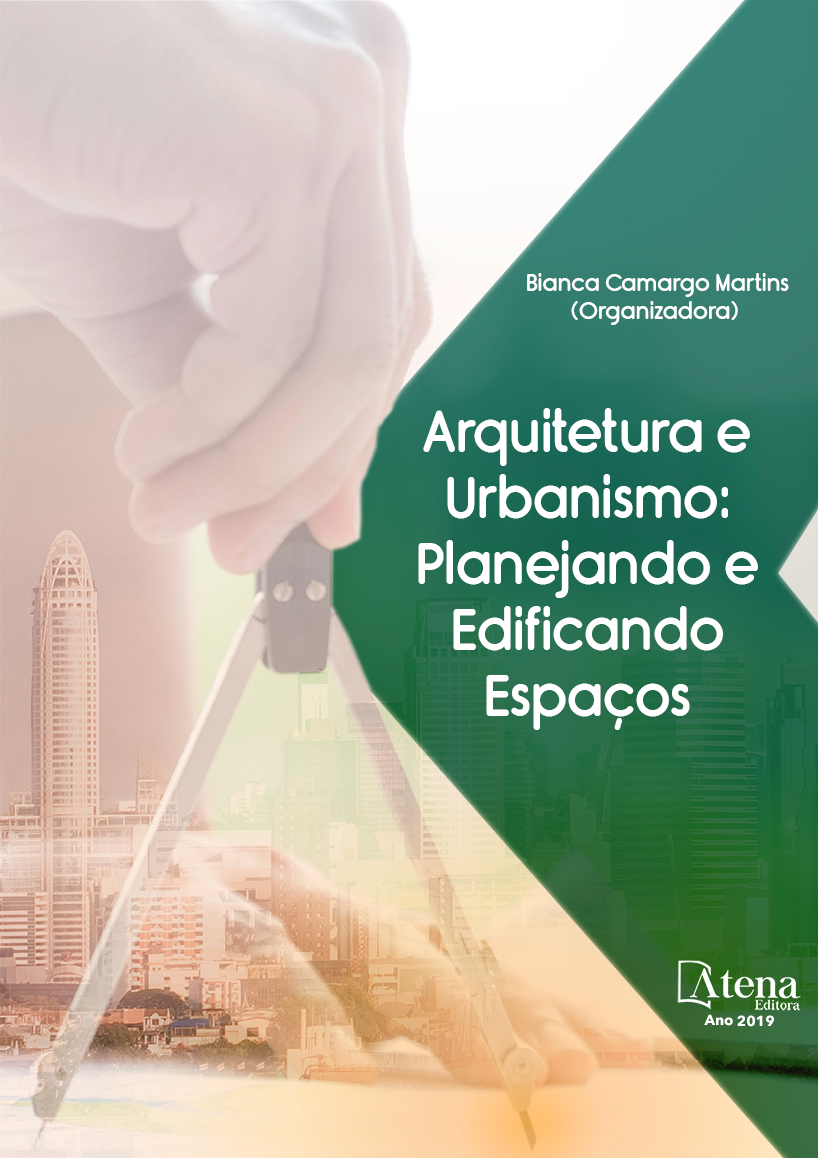
PERMANÊNCIAS E INOVAÇÕES TÉCNICAS E ORNAMENTAIS EM CASAS SENHORIAIS URBANAS CONSTRUÍDAS PELOS BARÕES DO CAFÉ EM CAMPINAS – SP
A cidade de Campinas (SP), que
se originou no século XVIII como uma grande
produtora de açúcar, e depois da década de
1840 de café, na segunda metade do século
XIX incrementa o prestigio político e social
de uma elite, agraciada por títulos imperiais,
o que coincide com significativas mudanças
no espaço urbano, especialmente na sua
arquitetura, quando assistimos à construção
de casarios senhoriais pela nobreza da terra. O
objetivo deste trabalho é o estudo comparativo
de dois exemplares de casas senhoriais
urbanas de Campinas: o Palácio dos Azulejos,
construído em 1878 por Joaquim Ferreira
Penteado, o Barão de Itatiba e atribuído ao
construtor português Manoel Gonçalves da Silva
Cantarino; e a residência de Joaquim Policarpo
Aranha, o Barão de Itapura, iniciado em 1880
e concluído em 1883, pelo construtor italiano,
Luigi Pucci. Embora os exemplares tenham
sido construídos por representantes de uma
mesma classe social e num curto intervalo de
tempo, sua comparação aponta permanências
e inovações na arquitetura senhorial urbana do
século XIX. A análise do programa funcional
revela como o enriquecimento das famílias
se expressa nos espaços domésticos. Mas
é na análise da técnica construtiva e da
ornamentação que se revelam as principais
diferenças. O estudo de dois casos exemplares
permite compreender como, na segunda metade
do século XIX, a produção do casario senhorial
urbano contribuiu para o “embelezamento” de
Campinas. Tais exemplares se alinham com a
arquitetura erudita da Corte e com a tratadística
que circulava entre arquitetos e construtores.
PERMANÊNCIAS E INOVAÇÕES TÉCNICAS E ORNAMENTAIS EM CASAS SENHORIAIS URBANAS CONSTRUÍDAS PELOS BARÕES DO CAFÉ EM CAMPINAS – SP
-
DOI: 10.22533/at.ed.5281910073
-
Palavras-chave: Campinas (SP). Arquitetura do século XIX. Casas senhoriais urbanas. Café. Azulejos.
-
Keywords: Campinas (SP). 19th century architecture. Urban manor houses. Coffee. Tiles.
-
Abstract:
The city of Campinas (SP), which
originated in the eighteenth century as a major
producer of sugar, and after the 1840s, of coffee,
in the second half of the nineteenth century,
increases the political and social prestige of an
elite, graced by imperial titles, which coincides
with significant changes in the urban space,
especially in its architecture, when we witness
the construction of manor houses by the nobility
of the land. The objective of this work is the comparative study of two examples of urban
manor houses in Campinas: the Azulejos Palace, built in 1878 by Joaquim Ferreira
Penteado, the Barão de Itatiba, and attributed to the Portuguese architect Manoel
Gonçalves da Silva Cantarino; and the residence of Joaquim Policarpo Aranha, the
Baron of Itapura, whose construction begun in 1880 and was completed in 1883 by the
Italian builder, Luigi Pucci. Although the examples were constructed by representatives
of the same social class and in a short period of time, their comparison points to abidance
and innovations in nineteenth century urban manor architecture. The analysis of the
functional program reveals how the enrichment of families is expressed in the domestic
spaces. But it is in the analysis of constructive technique and ornamentation that
the main differences are revealed. The study of two exemplary cases allows us to
understand how, in the second half of the 19th century, the production of the urban
manor house contributed to the “beautification” of Campinas. Such exemplars align with
the court’s erudite architecture and with the treatise that circulated between architects
and builders.
-
Número de páginas: 15
- Renata Baesso Pereira
- Ivone Salgado


